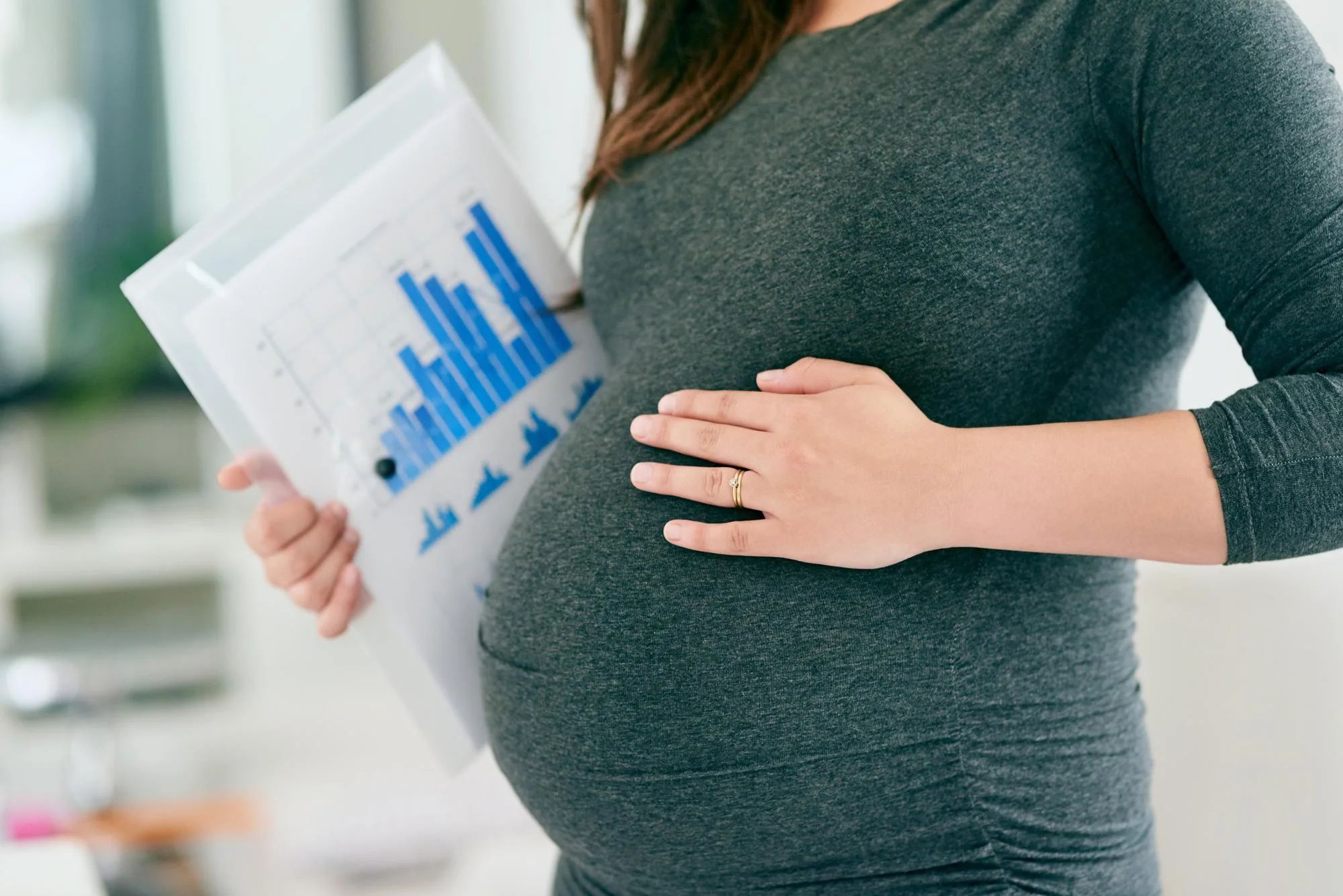In a momentous development for women of advanced reproductive age, researchers at the Helen Schneider Hospital for Women and the Racine In Vitro Fertilization Unit of the Lis Maternity Hospital, both associated with the Sackler School of Medicine at Tel Aviv University, have published a pivotal study in the “Archives of Gynecology and Obstetrics”. This groundbreaking work introduces a clinical predictive model significantly boosting the likelihood of live birth in older women opting for Preimplantation Genetic Testing (PGT) cycles.
DOI: 10.1007/s00404-023-07329-6
Defying the Odds: A Hopeful Outlook for Mature Prospective Mothers
The modern trend of delayed childbearing has seen more women in the 37-45 age bracket seeking PGT, a technique enabling genetic assessment of embryos before implantation, to screen for genetic diseases or chromosomal abnormalities. However, the implications of advanced maternal age on the success of such interventions have remained an area of concern and uncertainty.
The Study at a Glance
– Researchers conducted a retrospective cohort study on 158 women undergoing 753 PGT cycles between 2010 and 2021.
– A cumulative live birth rate of 37.342% was observed.
– The study aimed to develop a clinical predictive model for live birth, with a focus on women undergoing PGT for monogenic disease (PGT-M) or structural chromosomal rearrangements (PGT-SR).
Unveiling the Decision Tree Analysis
The analysis led to a robust decision tree which segregates women based on age, embryo quality, and ovarian response. Findings revealed:
Women aged ≤40.1 years with top-quality embryos had a live birth chance of 56%.
Women >40.1 years with at least one top-quality embryo had a 41% success rate.
Those older than 40.1 without top-quality embryos and with ≤7 dominant follicles experienced no live births.
This model underscores the imperative of embryo quality and ovarian response as pivotal factors that can predict live birth outcomes in advanced-age women undergoing PGT.
Implications for Genetic Disorders
The Kaplan-Meier curve indicated varied implications depending on the genetic condition in question:
A negligible rise in live birth rate after three PGT cycles for autosomal dominant disorders.
Advised continuation up to six cycles for autosomal recessive conditions before reevaluating the benefit of further attempts.
What This Means for Patients
The data suggests that older women with at least one top-quality unaffected embryo from their initial PGT cycle possess elevated chances of delivering after repeated cycles. The decision to undertake additional PGT cycles beyond the third (for autosomal dominant disorders) and the sixth (for autosomal recessive disorders) should be approached with cautious deliberation.
A Shift in Reproductive Guidance
This predictive model is a game-changer in the field of reproductive medicine, offering a beacon of hope for numerous women who are navigating the challenges of assisted reproduction. This personalization of patient care not only improves success rates but also provides invaluable guidance to clinicians on when to advocate for continued PGT cycles and when to suggest alternative pathways.
The Broader Context
It’s no secret that the trend toward later-in-life childbearing is not without its complexities. As such, this study’s implications extend to societal, psychosocial, and economic dimensions of family planning. With a quantifiable predictor of success now in the hands of healthcare professionals, the calculus of advanced maternal age and reproductive choices grows ever clearer.
The Future of Assisted Reproduction for Advanced-Age Women
The contributions of the research team, led by Dr. Or Bercovich, signify a monumental stride towards unraveling the knot of age-related fertility issues. The confluence of expertise from the team, including notable contributors such as Dr. Talya Shaulov, Dr. Benny Almog, and Dr. Foad Azem, has fortified a pathway to parenthood that many considered fraught with uncertainty.
Keywords
1. Predictive Model for PGT
2. Advanced Maternal Age Fertility
3. Live Birth Rates IVF
4. Preimplantation Genetic Testing Success
5. Advanced Age PGT Outcomes
References
1. Sullivan-Pyke, C., & Dokras, A. (2018). Preimplantation genetic screening and preimplantation genetic diagnosis. Obstet Gynecol Clin, 45(2), 113-125. https://doi.org/10.1016/j.ogc.2017.10.009
2. Butler, R., Nakhuda, G., Guimond, C., Jing, C., Lee, N., Hitkari, J., Tallon, N., Taylor, B., & Yuzpe, A. (2019). Analysis of PGT-M and PGT-SR outcomes at a Canadian fertility clinic. Prenat Diagn, 39(10), 866-870. https://doi.org/10.1002/pd.5496
3. Verpoest, W., Haentjens, P., De Rycke, M., Staessen, C., Sermon, K., Bonduelle, M., Devroey, P., & Liebaers, I. (2009). Cumulative reproductive outcome after preimplantation genetic diagnosis: a report on 1498 couples. Hum Reprod, 24(11), 2951–2959. https://doi.org/10.1093/humrep/dep272
4. Coonen, E., van Montfoort, A., Carvalho, F., Kokkali, G., Moutou, C., Rubio, C., De Rycke, M., & Goossens, V. (2020). ESHRE PGT Consortium data collection XVI-XVIII: cycles from 2013 to 2015. Hum Reprod Open, 2020, hoaa043. https://doi.org/10.1093/hropen/hoaa043
5. Van Der Kelen, A., Santos-Ribeiro, S., De Vos, A., Verdyck, P., De Rycke, M., Berckmoes, V., Tournaye, H., Blockeel, C., De Vos, M., & Hes, F.J., et al. (2021). Parameters of poor prognosis in preimplantation genetic testing for monogenic disorders. Hum Reprod, 36(10), 2558-2566. https://doi.org/10.1093/humrep/deab136
